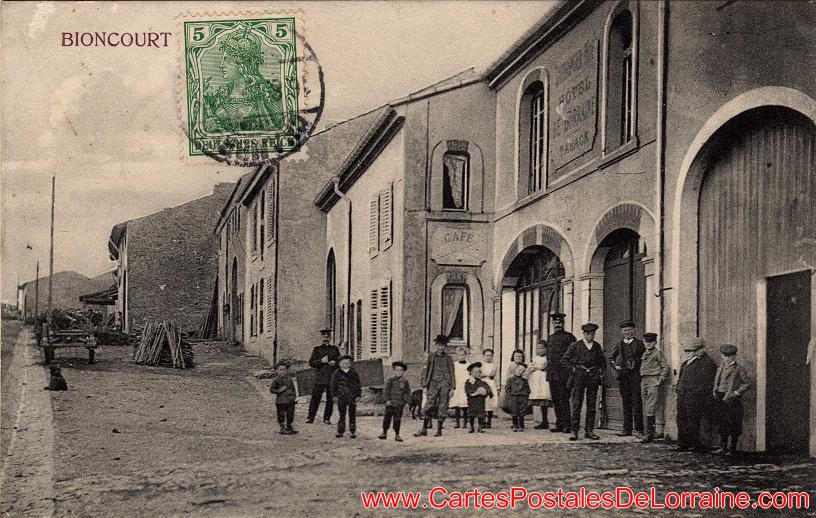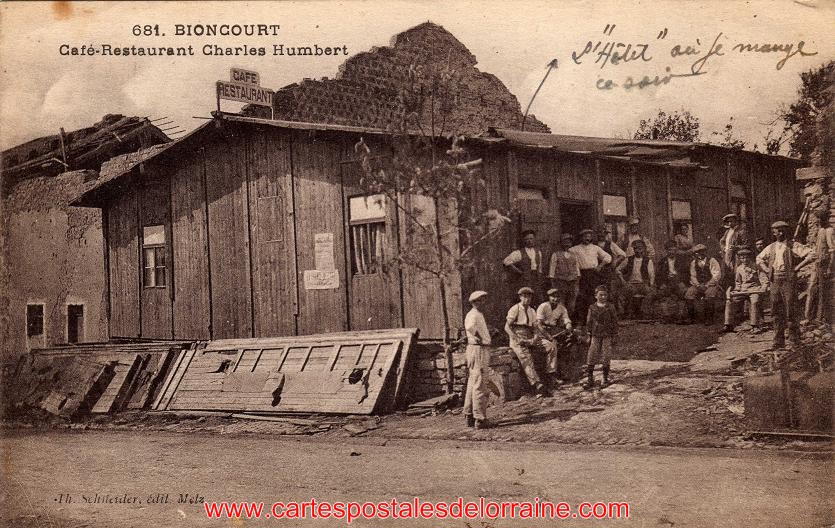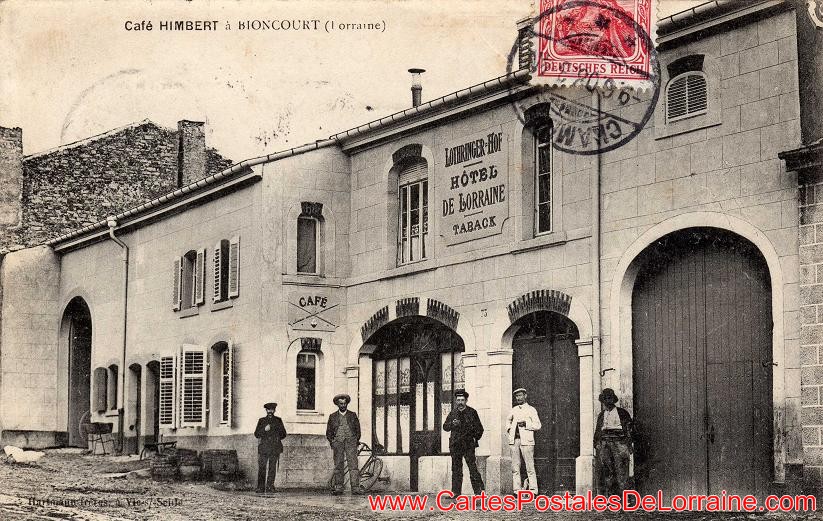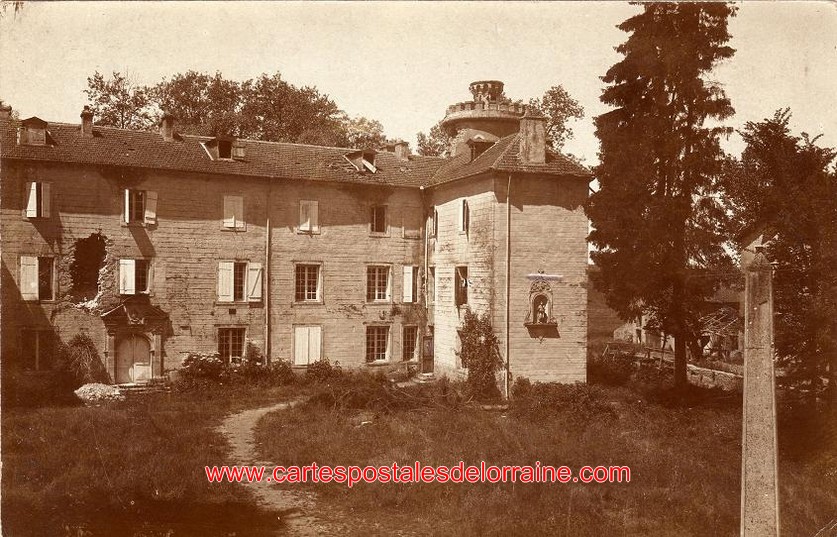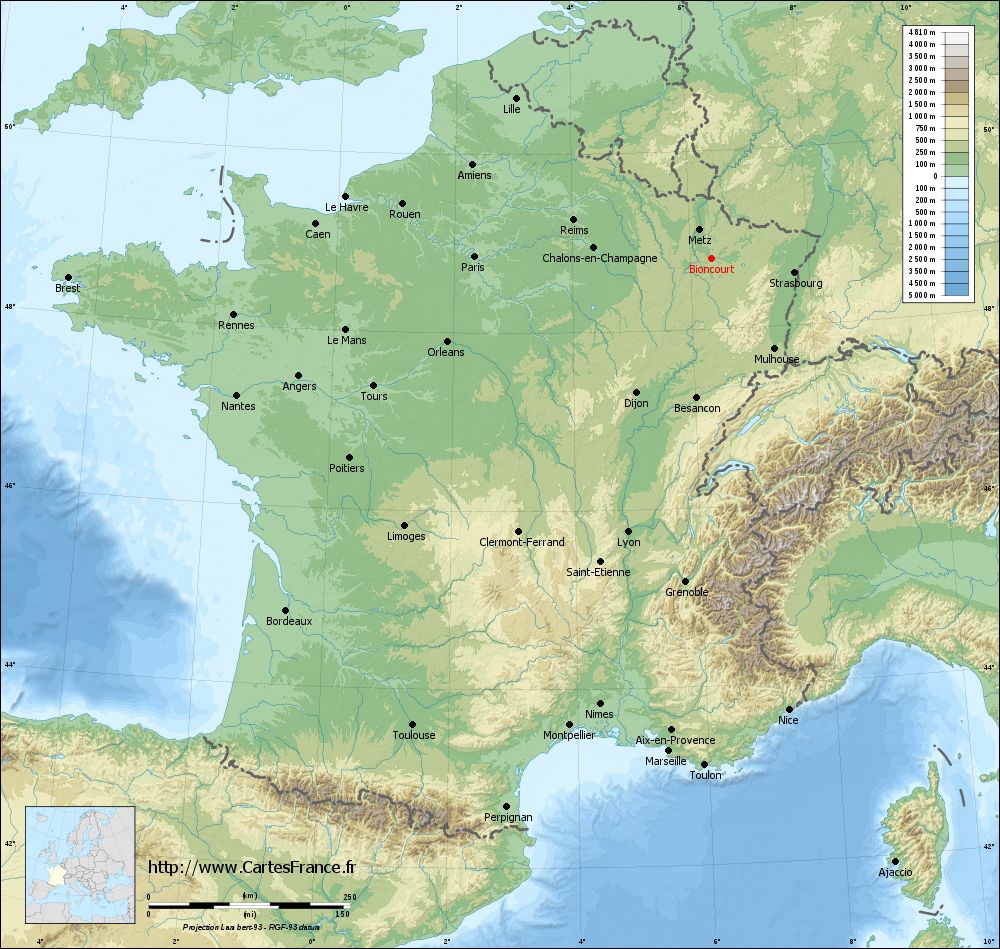Bioncourt
Bioncourt is a commune of 320 inhabitants (as of January 1, 2011 ) in the department of Moselle in the Lorraine region. It belongs to the canton of Château- Salins and the Communauté de communes du Kommunalverband Saulnois.
Geography
Bioncourt located in Saulnois, 60 kilometers southeast of Metz and 20 kilometers northeast of Nancy on the river seille. The municipality is part of the hamlet Alincourt which is located northwest of the town center.
History
Bioncourt was first mentioned in documents as Bionis curtis 933. The place name is composed of the Frankish name Beggo and the Latin word curtis, meaning " Beggos yard".
Alincourt was first mentioned in 1180, it was the seat of a Seigneurie, which belonged to castellany and Bailliage of Nancy.
Bioncourt was also the seat of a Seigneurie, already in the late 13th century, son of Geoffroy d' Amance took the first Seigneur of Bioncourt, André de Bioncourt, the name of the town on. However, the family disappeared in the 14th century. From 1594 to 1751 belonged to Bioncourt castellany of Amance, which was placed under the Bailliage of Nancy. Then it belonged to Bailliage of Château- Salins. 1790 Bioncourt cantonal capital was and remained so until 1801.
In the 18th century Bioncourt seat of a barony held by the Catoire family who took the name Catoire de Bioncourt. From 1771 to 1775, the then Baron Jean- Batiste -Nicolas Catoire tried to make the seille navigable. After Charles de Vincent acquired the barony. He is buried in the cemetery of Bioncourt and a street was named after him.
The parish of Bioncourt belonged to the administrative area of the Archpriest of Delme, who was subordinate to the Archdeacon of Vic- sur- seille.
1793 Bioncourt received in the course of the French Revolution ( 1789-1799 ) the status of a municipality and in 1801 the right to local self-government. It belonged from 1801 to 1871 to the former department of Meurthe, which was renamed in 1871 in Meurthe -et -Moselle. In 1871 the church was incorporated into the newly created National Rural Alsace-Lorraine by the German Empire due to territorial changes through the course of the German - French War ( 1870-1871 ). The National Rural Alsace-Lorraine existed until the end of World War I (1914-1918) and was subsequently dissolved. Bioncourt was at that time in the department of Moselle, this change was also maintained in 1918, when France was awarded Moselle again. Bioncourt belonged as a French-speaking village to the last 247 municipalities whose name was Germanized on September 2, 1915. The name was changed to " Bionshofen " and until 1918 was the official place name.
Demographics
Coat of arms
The coat of arms of the municipality corresponds to the crest of the Bioncourt family from the 13th century, it is silver with a blue cross beams.

